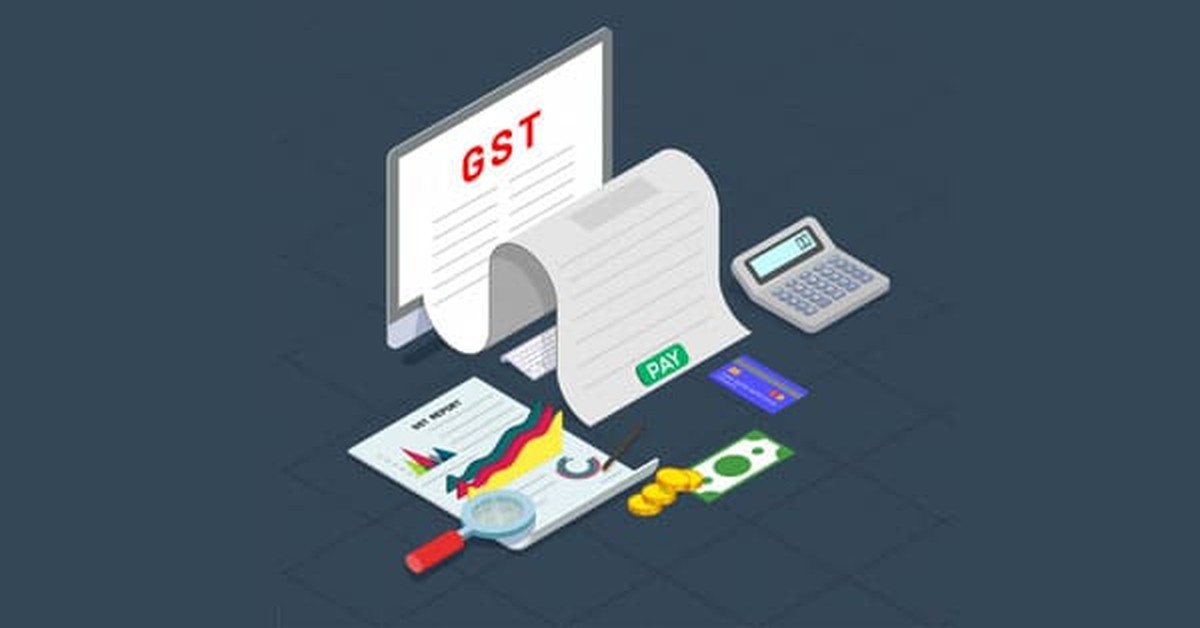Introduction
Goods and Services Tax (GST) has streamlined the tax structure in India. As a part of GST compliance process, taxpayers are required to file various returns including GSTR 10. In this article, we'll discuss everything you need to know about filing GSTR 10, including what it means, who needs to file, the due date, and the penalty for non-compliance.
The meaning of GSTR 10
GSTR 10, also known as final return, is the return filed by a taxpayer whose GST registration has been canceled or surrendered. It is a statement which contains details of all supplies made and received during the period from the effective date of cancellation of registration to the date of cancellation or surrender.

Who is required to file GSTR 10?
Any taxpayer whose GST registration is canceled or surrendered is required to file a GSTR 10. It is important to note that GSTR 10 is a mandatory return and non-compliance may result in penalties and legal consequences.
GSTR 10 Filing Due Date
The due date for filing GSTR 10 is within three months from the date of cancellation of registration. For example, if a taxpayer surrenders his registration on 15th February 2023, the due date for filing GSTR 10 will be 15th May 2023.
Penalty for Non-Compliance GSTR 10
Non-compliance with GSTR 10 may result in penalties and legal consequences. If a taxpayer fails to file GSTR 10 on the due date, they will be liable to pay late fee of Rs. 100 per day of delay, subject to a maximum of 0.25% of the turnover of the assessee. In addition, the taxpayer’s registration may be deemed to be active, and they may be required to file all outstanding returns and pay any outstanding tax liability.
Details to be furnished in GSTR 10
GSTR 10 requires the taxpayers to furnish details of all supplies made and received during the period from the effective date of cancellation to the date of cancellation or surrender. The return should also contain information about the stock held on the date of cancellation or surrender and the tax liability arising out of such stock for availing and availing of input tax credit.
Procedure for filing GSTR 10
- In order to file GSTR 10, taxpayers must first log in to the GST portal using their credentials.
- Then they must navigate to the “Services” tab and select “Return” > “Final Return”.
- After selecting the financial year and tax period, taxpayers must provide the necessary details and submit the return.
- Once the return is submitted, an acknowledgment receipt will be generated with a unique reference number. Taxpayers should download and save this receipt for future reference.
GSTR 10 Consequences of non-filing or delayed filing
Failure to file GSTR 10 or late filing may result in penalties and legal consequences. In addition to the late fee Rs. 100 per day of delay, subject to a maximum of 0.25% of the taxpayer’s turnover, the taxpayer’s registration may be deemed to be active, and they may be required to file all due returns and pay any outstanding tax liability. The taxpayer may also be subject to interest and penalties on any tax liability arising out of the stock held on the date of cancellation or surrender.
Exceptions to Filing GSTR 10
There are some exceptions for filing GSTR 10. Taxpayers who have obtained registration under GST but have not supplied or received any goods or services during the period from the effective date of registration to the date of cancellation or surrender. File the GSTR 10. In addition, taxpayers who have obtained registration but have not started business and subsequently surrendered their registration are also exempted from filing GSTR 10.
Key takeaways
- GSTR 10 is a return filed by a taxpayer whose GST registration has been canceled or surrendered.
- GSTR 10 is a mandatory return, and non-compliance can lead to penalties and legal consequences.
- The due date for filing GSTR 10 is within three months from the date of cancellation of registration.
- Non-compliance with GSTR 10 may result in a late fee of Rs. 100 per day of delay, subject to a maximum of 0.25% of the turnover of the assessee.
- If a taxpayer fails to file GSTR 10 by the due date, their registration may be deemed active, and they may be required to file all pending returns and pay any outstanding tax liability.
Conclusion
In conclusion, GSTR 10 is an important return which needs to be filed by taxpayers whose GST registration has been canceled or surrendered. Failure to comply with GSTR 10 filing requirements may result in fines and legal consequences. Taxpayers need to be aware of the due date for filing GSTR 10 and ensure that they file the return within the stipulated deadline. By doing so, taxpayers can avoid unnecessary fines and legal troubles.








 CAclubindia
CAclubindia

